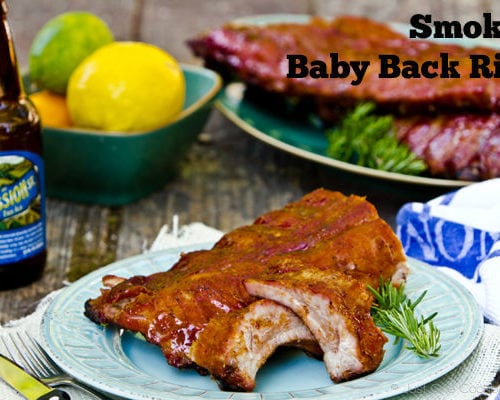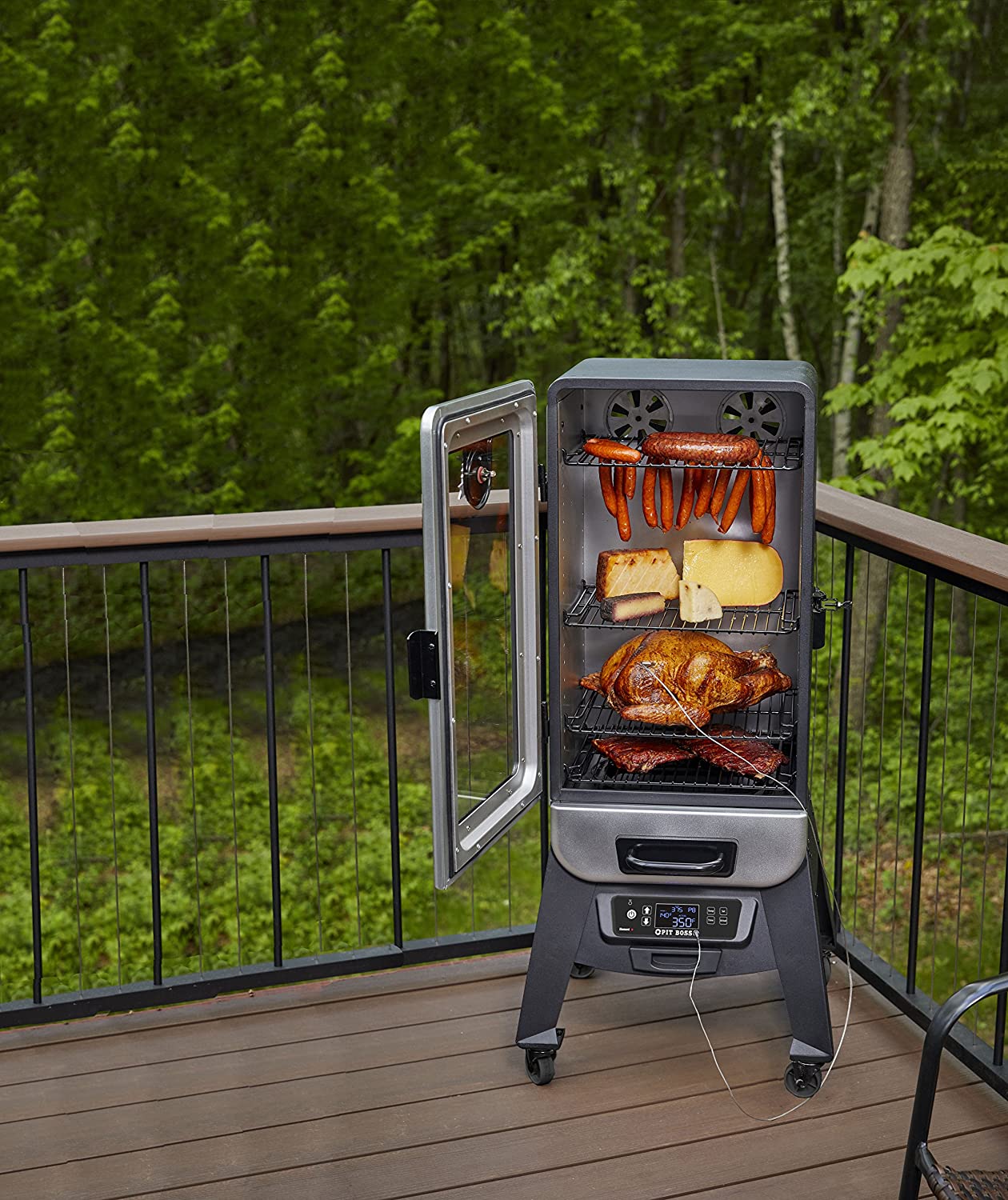
This article will give you some helpful tips on how to apply dry rub. Using your hands to rub the spice mix on meat is essential for creating an even coat. If you are preparing meat that has skin, rub the rub under the skin and along the edges. This will increase the flavor of your meat. Before you apply dry rub, here are some key ingredients.
Be sure to moisten the meat before you rub it
Make sure to moisten your meat before you apply a dry rubbed. This will make it tender and juicy. Salt is an excellent flavor enhancer. It can penetrate the meat and impart flavor to the meat. Salt can also enhance flavors and aromas. This is why salt should be included in any dry rub recipe. Salt is typically added to your rub in a one-to-one ratio with the meat.
Make sure to apply the dry rub evenly on all sides when you are applying it to meat. For thick cuts, you should season both the "sides", as well as the main part of the meat. Use the opposite hand to rub seasonings into meat. Because you want the seasonings deep into the meat, the rubbing motion is crucial. The dry rub can be applied immediately to the meat or you can wait up to 30 minutes before coating it again.
Use a damp cloth to clean the meat's surface after applying dry rub. This will make the dry rub adhere to the meat more easily. After the meat has dried completely, wrap it in plastic wrap and place it in the refrigerator for at least one hour. Make sure that you marinate the meat before adding a dry rub. This will prevent bacteria from getting into the meat, and will ensure that the dry rub remains intact and free of juices.
It's important to remember that using marinades does not only add flavor to your meat. Marindes also tenderize meat due to enzymes that work on the protein strands. While liquids won't alter the taste of dry rubs, it will help give them a smoother surface. It is a good idea to marinate the meat for a few hours before you use a dry rub.
Dry rubs can also be moistened. Brown sugar is the most common base for dry rubs. This sugar forms a good glue for the meat because it is slightly moist. A great alternative is maple or Turbinado sugar. It is important to be cautious with this type sugar, as it can burn very quickly. You can also use a combination of both. You must ensure that your rub is appropriate for the type and style of meat you are using.

After the meat has been marinated you can add a second layer or rub to it. This is a great way to add flavor, but be sure to apply enough rub so that it sticks to the meat. You can use either commercial rubs, or make your own blend to create your custom blend. Depending on where you are looking for it, the amount of dry rub that you use will vary. Science recommends using one tablespoon per pound. However, experimentation is key to finding the best recipe for you.
Before you rub with dry crumbs, sprinkle sugar or paprika on the surface
Sprinkle your ribs with sugar or even paprika to add spice. Finally, sprinkle some smoked pimrika over them. There are many types of paprika available, but it is important to choose the one with the highest heat. If you are not certain, you can also buy paprika without a tag. This type of paprika will not add as much flavor as the labeled variety.
It is simple to make a homemade dry rub and it can be stored for use in the last-minute. The dry rub combines savory ingredients with dark brown sugar to promote browning. This sweet and savory combination will enhance any meat's flavor. You can also make your own mix using your favorite herbs for added variety. It will become a favorite of yours if you keep trying it.
Apply a dry rub to meat before you apply it. One and a half lbs of meat should be covered by the rub. For best results, rub the rub liberally onto the meat and then massage it in. If you are using a dry rub to coat a chicken, a pork rib, or an ice cream sandwich, make sure to adjust the amount depending on how it will be cooked.
Groceries often sell commercial rubs. Some are highly popular and have loyal fans. Most commercial rubs begin with a base of sea salt. Salt is cheap and adds bulk. However, paprika works best for meat. Making your own rub is the best way to personalize the taste of your ribs. You do not have to pay a lot for a high-end commercial rub. Instead, mix it yourself.
Dry rubs are made with herbs and spices that enhance the natural flavor of meat. You can make low-cost cuts of meat seem like you're spending a lot. Dry rubs may contain various kinds of salt (or sugar), chili peppers (or garlic powder), mustard powder (or other herbs or spices). These rubs are very easy to prepare and store. They give meat a great taste.
Dry rubbing differs from dry brining in that it doesn't require you to apply the seasonings ahead of time. However, if you plan to add dry rub to your meat ahead of time, be sure to avoid rubbing with sauces. This method can make your meat too soft or mushy, and while it may be convenient, it can cause overly soft or mushy meat. However, most people prefer to massage the dry rub right before grilling.
Signature ingredients in dry rubs
You should take a few factors into consideration when making your dry rub. After nine months, spices and herbs often lose their flavor and aroma. For a better flavor, grind fresh herbs or spices in a coffee machine. Your dry rub will retain its flavor if you don't mix it right before use. While you can make the dry rub ahead and serve it immediately, for the best results, it is best to mix it just before serving.

There are many types of rubs on the market. The first type of rub is called savoury. Its main ingredients are spices such as dry mustard, onion powder and garlic powder. It also has spices like red chili flakes and dried chipole, which make it hotter. It can be used on meat as well, but it can also be used for vegetables and inedible objects like fish.
A dry rub is made up of a mixture spices and herbs, which are added to the meat before it's cooked. There are many types of rubs, each with different amounts of spices. For example, a barbecue rub has coarse salt, black pepper and paprika. While a Jamaican Jerk mix includes allspice (nutmeg), ginger, cayenne pepper, and allspice. You can add a little dried rice to make a rich, flavorful rub.
Dry rubs should always be stored in an airtight sealed container. You can use it right away or keep it in a storage container for a few weeks. After blending the ingredients, you can then spread it on a rimmed baking sheet or in a large bowl and rub the meat with it. The dry rub will be absorbed by the meat and make it taste incredible! After applying it to the meat, allow it to sit overnight.
Dry rubs add great flavor to meat without needing to use any additional sauces. Dry rub recipes are quick to prepare and can add flavor to your meat without the use sauces. These dry rubs are easy to make and can even be made right before you eat. Either make the dry rub yourself or buy the ingredients from a bag to mix and apply to the meat. You can even freeze dry rub once it is made.
Salt is another important factor to consider when making your own rub. Salt is an essential component of most rubs. But it isn't easy to get rid. Many rub makers don't understand how salt is removed so they don't offer a salt free version. It is best to separate the salt and rub them while you make them. You will have more control over how you apply the oils and spices.
FAQ
What does it take to become a chef in the United States? What is the average career path?
The average time it takes to become a chef is five years. This time you'll learn the basics of cooking and work as a cook assistant. After your training is complete, you will be eligible to apply for a job as a sous chef, executive chef, or line cook. The annual average salary of a chef is $25,000-$60,000.
What should a beginner chef learn?
Start cooking something simple, such as pasta, rice, soup. Learn how to cook with a recipe book, YouTube video or other resources. Cooking with others is more enjoyable. Cooking together is fun with family members or friends.
How long does learning to cook take? What amount of time will it take to master the art?
It all depends on your skill level. Some people learn basic cooking techniques in just a few days. Others might take months or years before they feel confident enough to teach themselves how to cook.
The amount of time needed to learn to cook varies considerably based on the person. An example: Someone who has never cooked before may need more time than someone who makes regular meals. Certain types of cooking require more skill than others. Baking requires more knowledge than frying.
Learn a technique to increase your ability to cook quickly. Once you've mastered that technique, move on to another one. It doesn't matter how long it takes to master a particular technique. Enjoy the process and keep practicing.
How do you store leftovers best?
Tupperware containers can be used to store leftovers. These containers preserve food freshness and stop odors from developing. They can also keep food warm longer. Frozen leftovers can be kept in freezer bags. Place food in another freezer bag to prevent air escape when freezing. Once the food has been frozen, transfer it into an airtight container such as a zip lock bag.
Statistics
External Links
How To
How to cook a steak
The thickness of the meat determines the best cooking method. Thicker steaks, for example, are better cooked at low heat while thicker steaks require higher temperatures.
You should also ensure you don't overcook them because they'll lose flavor. You should always remove the steak from the skillet when it's done. This will prevent you from burning yourself.
The size and desired doneness of the steak will affect the cooking time. Here are some guidelines to help you get started:
Medium Rare: Cook to medium rare. This means that the internal temperature should reach 145degF (63degC). This process takes between 3 - 5 minutes per side.
Medium: Cook until medium. This means that the internal temp has reached 160 degrees F (71 degrees Celsius). This normally takes around 6 minutes per side.
Good Cooking: Cook the meat until it is done. This means that the internal temperature reaches 180F (82C). This normally takes 8 to 12 minutes per side.